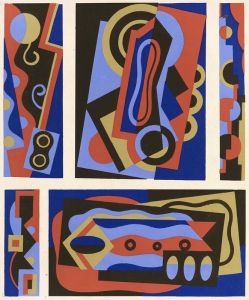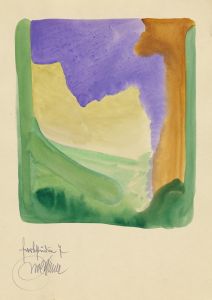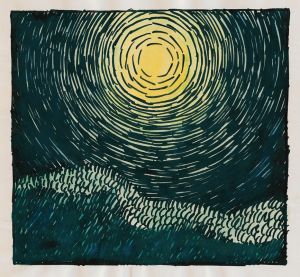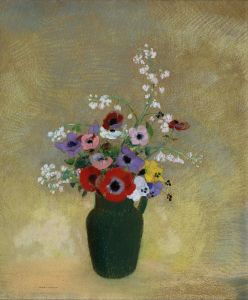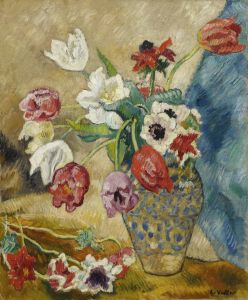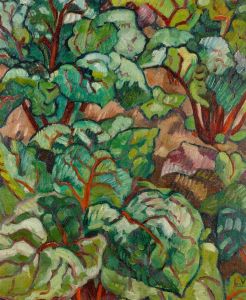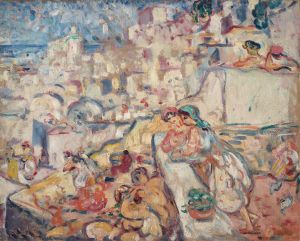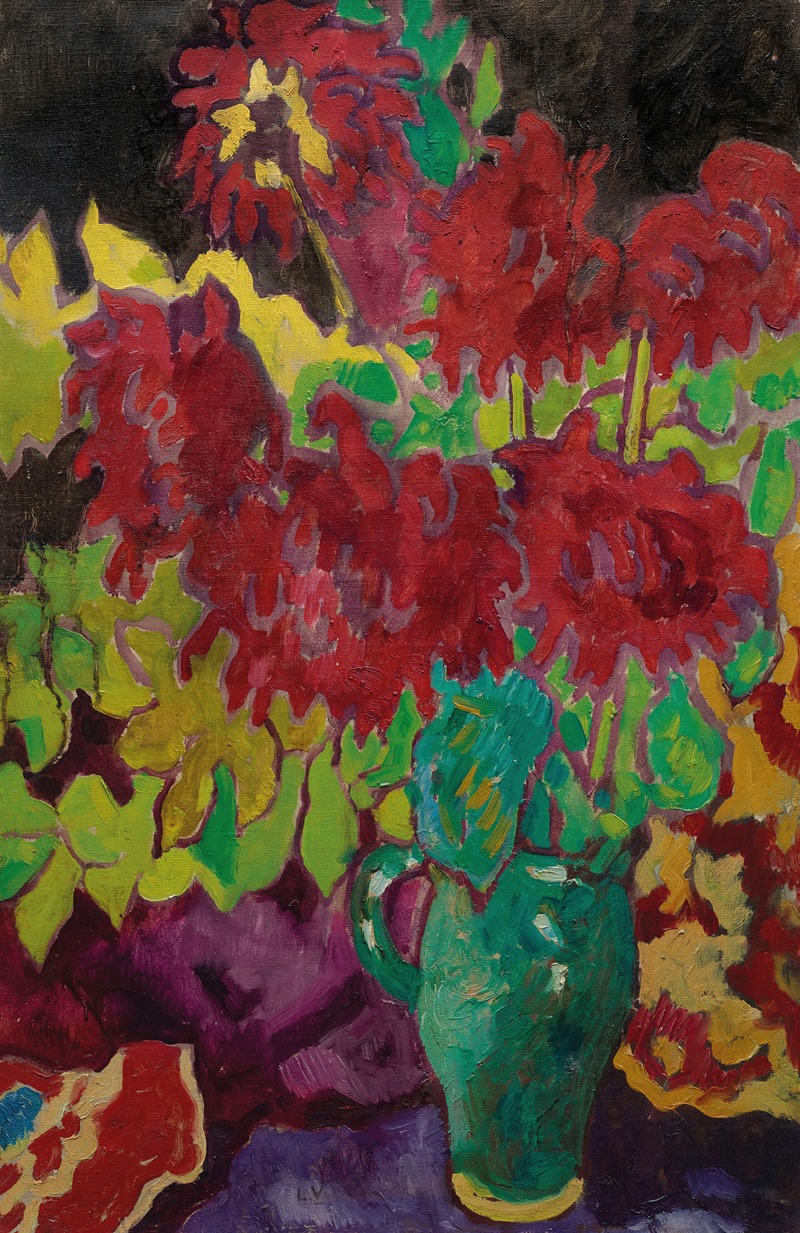
Dahlias
A hand-painted replica of Louis Valtat’s masterpiece Dahlias, meticulously crafted by professional artists to capture the true essence of the original. Each piece is created with museum-quality canvas and rare mineral pigments, carefully painted by experienced artists with delicate brushstrokes and rich, layered colors to perfectly recreate the texture of the original artwork. Unlike machine-printed reproductions, this hand-painted version brings the painting to life, infused with the artist’s emotions and skill in every stroke. Whether for personal collection or home decoration, it instantly elevates the artistic atmosphere of any space.
Louis Valtat was a French painter associated with the Post-Impressionist movement, known for his vibrant use of color and bold brushwork. One of his notable works is "Dahlias," a painting that exemplifies his style and artistic interests during the late 19th and early 20th centuries.
"Dahlias" captures the essence of Valtat's fascination with floral subjects, a common theme in his oeuvre. The painting showcases a bouquet of dahlias, rendered with vivid colors and dynamic brushstrokes. Valtat's approach to this subject reflects the influence of Impressionism, particularly in his use of light and color to convey the vibrancy and texture of the flowers. However, his work also hints at the emerging Fauvist movement, characterized by its bold color palette and expressive forms.
Valtat was born in Dieppe, France, in 1869 and studied at the École des Beaux-Arts in Paris, where he was exposed to the works of prominent Impressionists. His early works were influenced by the Impressionist style, but he gradually developed a more individual approach, incorporating elements of Fauvism and other avant-garde movements. "Dahlias" is a testament to this evolution, as it combines the Impressionist focus on natural light with the Fauvist emphasis on color as a means of expression.
The painting is notable for its composition, which draws the viewer's eye to the center of the canvas, where the dahlias are depicted in full bloom. Valtat's use of color is particularly striking; he employs a range of hues to capture the richness of the flowers, from deep reds and purples to bright yellows and oranges. The background is rendered in softer tones, allowing the flowers to stand out and emphasizing their vitality.
Valtat's technique in "Dahlias" involves the application of paint in thick, textured layers, creating a sense of depth and movement. This method not only highlights the physicality of the flowers but also imbues the painting with a sense of immediacy and energy. The brushwork is loose and expressive, a hallmark of Valtat's style, which allows him to convey the essence of his subjects without being constrained by realistic detail.
Throughout his career, Valtat remained committed to exploring the possibilities of color and form, and "Dahlias" is a prime example of his achievements in this regard. The painting reflects his ability to capture the beauty of the natural world while also pushing the boundaries of traditional representation. It stands as a significant work within his body of art, illustrating his contributions to the development of modern painting.
"Dahlias" by Louis Valtat is housed in various private collections and museums, where it continues to be appreciated for its artistic merit and historical significance. The painting not only represents Valtat's unique vision but also serves as a bridge between the Impressionist and Fauvist movements, highlighting the dynamic changes in art during the turn of the 20th century.





